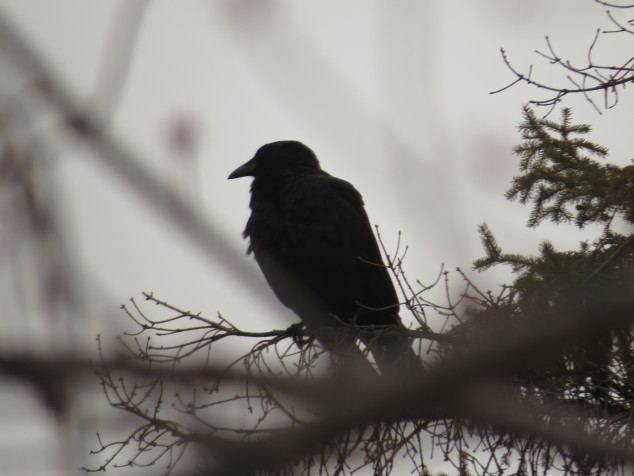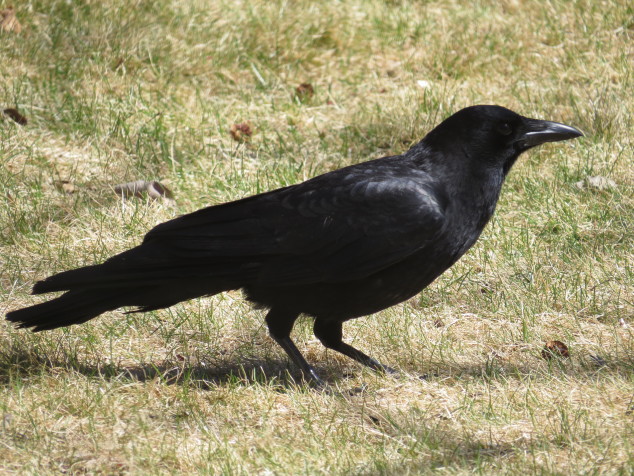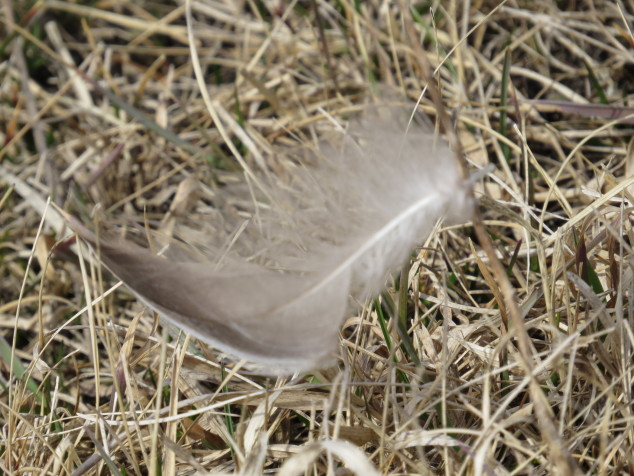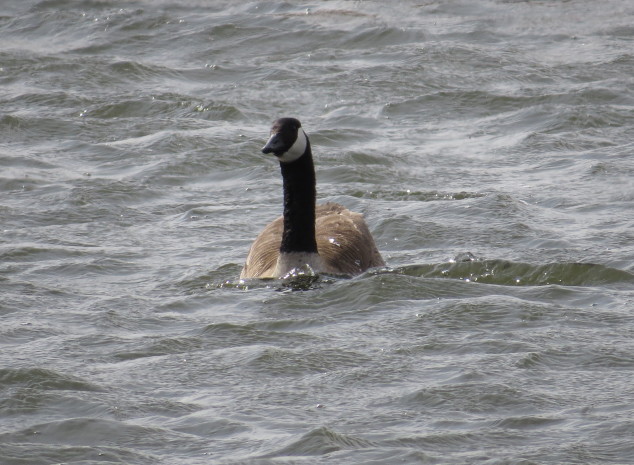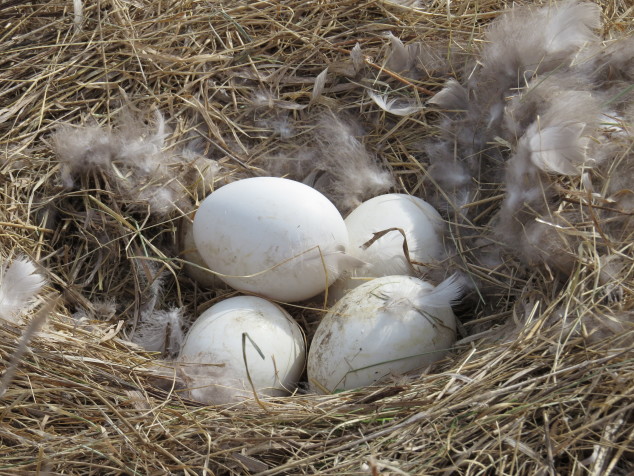How do we look at crows? How do they make us feel? Often they are feared as symbols of death or signs of bad luck or evil. They are large all-black birds with loud, raucous voices. Crows are intelligent problem solvers who can make and use tools and recognize facial features. They are very social birds who mate for life, stay in family groups that consist of a breeding pair and offspring from the past two years who all cooperate in raising the young, and often join very large groups called a murder of crows. Some Native American tribes view crows as good luck, as wise advisers, and spirits of wisdom.
What is the purpose of a downy feather?
Is it to protect the goose from water and cold as it swims in the lake?
Or is it to keep a nest of eggs warm? Or as a soft place to lay our heads at night? Is its purpose to keep us warm in a jacket or sleeping bag?
We often view the world–people, natural resources, society–only through our own lenses. We see through our ‘own-colored’ glasses, if you will. Are crows evil or wise? Are they scavengers or intelligent family birds? Do feathers function to keep us warm or do they belong only to the goose and her nest? Who owns the water or the oil or the minerals of the Earth?
It’s extremely hard not to see the people and things around us as an extension of our own selves, values, wishes, hopes, and wants, especially when it’s personal. Our human development takes us through that egocentric phase as we learn about ourselves, others, and our environment. But too often we stay stuck in that phase of wanting the world to act as our agent, and it becomes detrimental in the big picture. So how do we combat that urge? How do we progress beyond the ego? How do we live our lives authentically yet have genuine respect for others who live differently or think differently? How do we coexist and respect Mother Earth and her resources–not only for our own purposes, but for the good of all for seven generations into the future? I think we have to view the crow in its Crowness–in its myriad characteristics that range from ‘good’ to ‘bad’. We have to look at people, things, and situations in the same unbiased way. And the hardest of all to accomplish, is to look at ourselves in that way. Perhaps when we stop judging ourselves so harshly, we will see the Crow for who he is, see the Feather for what it is, see Others for who they are, and see Ourselves for who we really are–in all our glory.
